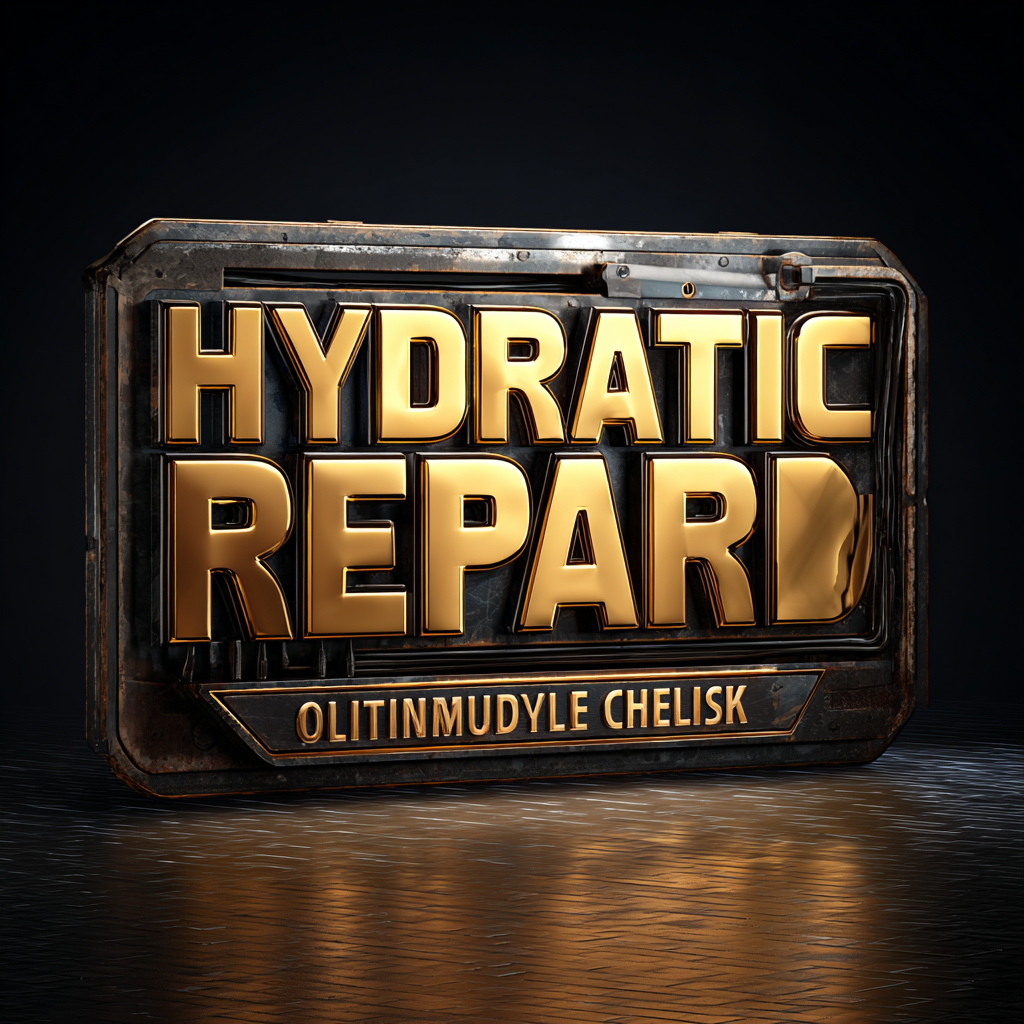Ultimate Hydraulic Repair Checklist for Optimal Performance
In the world of heavy machinery and industrial applications, the efficiency of hydraulic systems is pivotal for optimal performance and productivity. However, like any complex system, hydraulic mechanisms can encounter issues that necessitate repair and maintenance. This is where our ultimate hydraulic repair checklist comes into play. By offering a comprehensive guide to the essential steps and considerations involved in hydraulic repair, we aim to equip operators and maintenance personnel with the knowledge needed to prevent downtime and enhance the longevity of their hydraulic systems. With the right tools and techniques at your disposal, you can ensure that your hydraulics perform at their best, safeguarding your investments and streamlining your operations. Join us as we delve into the vital aspects of hydraulic repair, highlighting best practices that will lead to sustained efficiency and reliability in your machinery.

Understanding Hydraulic Systems: Key Components and Their Functions
Hydraulic systems are vital in various industries, providing powerful and precise movements essential for machinery and equipment. Understanding the key components that makeup these systems is crucial for ensuring optimal performance and longevity. At the heart of any hydraulic system is the hydraulic fluid, which transmits power through the system while also providing lubrication and cooling. Maintaining the proper fluid level and quality is essential to prevent damage and inefficiencies.
Another critical component is the hydraulic pump, which converts mechanical energy into hydraulic energy. It creates a flow of hydraulic fluid that powers actuators such as cylinders and motors. The effectiveness of the pump is often determined by its type—gear, vane, or piston—each suited for different applications. Additionally, hydraulic cylinders transform the fluid's pressure into linear motion, making them crucial for lifting, pushing, or pulling heavy loads. Understanding the interplay of these components will help you diagnose issues and implement preventative measures, ensuring your hydraulic systems remain in peak condition.
Hydraulic System Key Components Performance Analysis
Essential Technical Specifications for Hydraulic Equipment Performance
When it comes to maintaining the optimal performance of hydraulic equipment, paying attention to essential technical specifications is crucial. Hydraulic systems rely heavily on specific parameters such as pressure, flow rate, and temperature. These specifications dictate how effectively the equipment operates and can significantly impact its longevity. Regularly monitoring these parameters ensures that your hydraulic system functions within the manufacturer's recommended limits, preventing breakdowns and costly repairs.
Another critical aspect of hydraulic equipment performance is the quality of fluids used. The hydraulic fluid must meet specific viscosity and cleanliness standards to ensure efficient operation. If the fluid is contaminated or does not have the right viscosity, it may lead to increased wear on components or even complete system failure. Additionally, understanding the role of various hydraulic components such as pumps, valves, and actuators in relation to their technical specifications is vital for optimal performance. Regular inspection and adherence to these technical guidelines will ensure that your hydraulic system remains reliable and efficient over time.

Step-by-Step Guide to Conducting Hydraulic Repairs Safely
When it comes to hydraulic repairs, safety should always be your top priority. Following a structured approach can significantly reduce risks and enhance repair efficiency. Start by assessing the work area: ensure it is well-ventilated, free of obstructions, and equipped with proper lighting. Always wear personal protective equipment (PPE), including gloves and goggles, to shield yourself from potential hazards.
Tips: Before beginning any repair, make sure all hydraulic systems are depressurized and isolated. This step is crucial to prevent accidental fluid release, which can lead to injuries. Document all procedures and findings during the repair process for accountability and future reference.
Additionally, keep your workspace organized. A clutter-free environment minimizes distractions and helps you maintain focus on the task at hand. Ensure all tools and replacement parts are readily available, which streamlines the repair process and prevents unnecessary delays.
Tips: Consider following a clear checklist during the repair. This ensures no steps are overlooked and helps maintain consistency in your work. Regularly reviewing and updating your checklist based on past experiences can further enhance your safety and efficiency during hydraulic repairs.
Common Hydraulic Issues and Troubleshooting Techniques
When addressing common hydraulic issues, it’s crucial to recognize the signs of potential problems before they lead to a breakdown. One prevalent issue is the malfunction of the die head or standard extruder head, often resulting from improper maintenance or material buildup. According to industry reports, nearly 30% of hydraulic system failures are linked to inadequate lubrication and filter maintenance. Regular inspections and service can drastically reduce these occurrences and maintain optimal performance.

For tractor mechanics, identifying symptoms early can save both time and money. For instance, hydraulic leaks and erratic operation are clear indicators of system failure that should not be ignored. A recent study indicated that proactive troubleshooting can reduce repair costs by up to 40%, underscoring the importance of thorough diagnostics. Simple maintenance techniques, such as checking hydraulic fluid levels and ensuring tight connections, are essential steps every operator should incorporate into their routine. By addressing these common hydraulic issues with established troubleshooting techniques, the longevity and efficiency of hydraulic systems can be significantly enhanced.
Best Practices for Maintaining Hydraulic Systems for Longevity
Hydraulic systems play a crucial role in various industrial applications, making their maintenance essential for optimal performance and longevity. According to the Hydraulic Institute, proper maintenance can extend the lifespan of hydraulic systems by up to 50%. Regular checks on fluid levels, contamination, and pressure ratings are vital for identifying potential issues before they escalate. Implementing a consistent maintenance schedule not only improves efficiency but also minimizes downtime caused by unexpected failures.
**Tip:** Always use the manufacturer-recommended hydraulic fluids and replace them according to the set service intervals. Reports from the American Society of Mechanical Engineers indicate that using incorrect fluids or neglecting fluid changes can lead to severe damage, increasing repair costs by over 20%.
Additionally, it is crucial to monitor seals and hoses for wear and tear. The National Fluid Power Association highlights that up to 70% of hydraulic system failures are due to leaks caused by faulty hoses and seals. Regular inspections and prompt replacements can dramatically reduce the risk of system failure.
**Tip:** Consider implementing predictive maintenance technologies that utilize sensors to monitor system health in real time. This proactive approach can help you address minor issues before they turn into major problems, ensuring that your hydraulic systems remain in peak condition for years to come.


